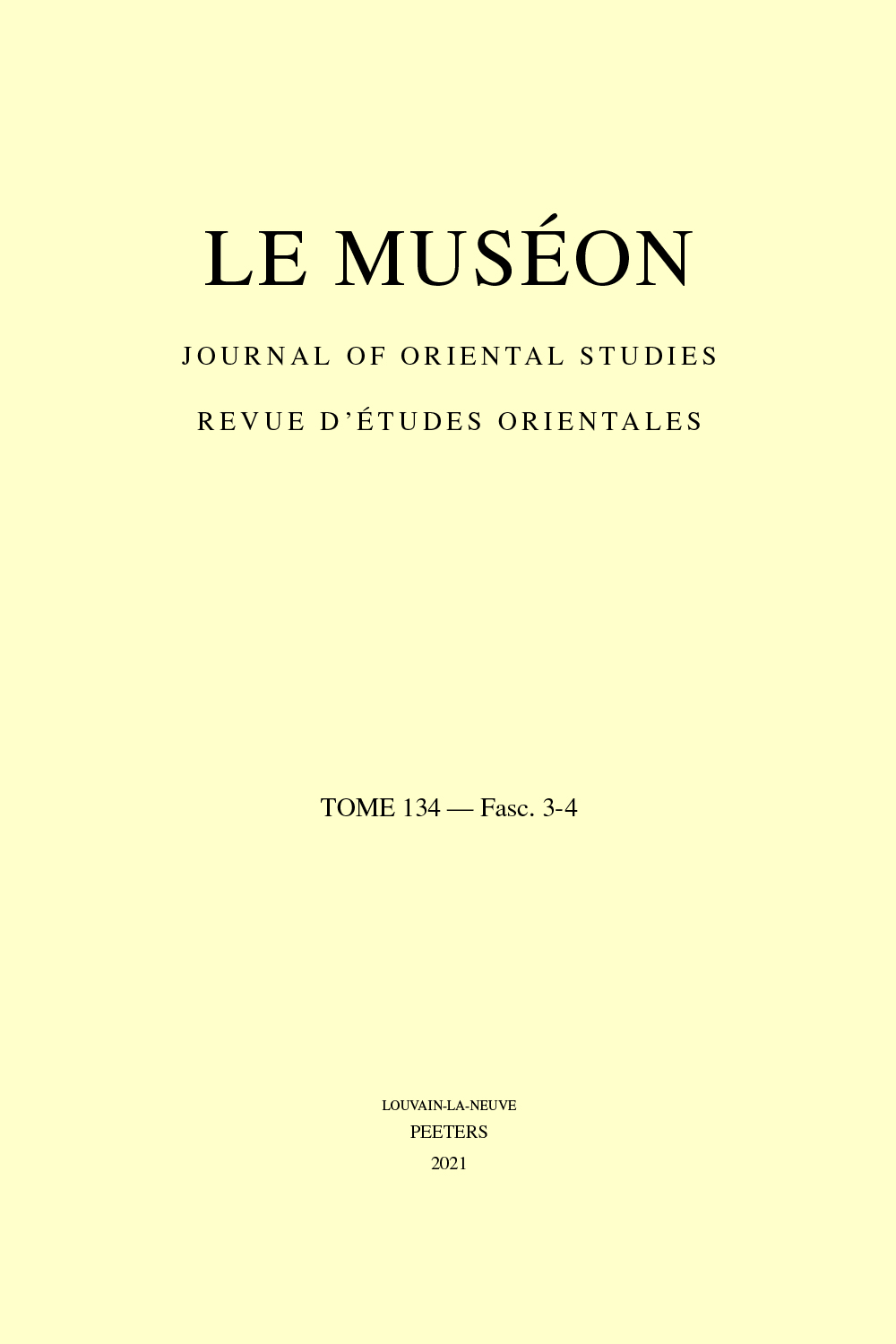 previous article in this issue previous article in this issue | next article in this issue  |

Preview first page |
Document Details : Title: Connaissance de Dieu et sagesse humaine en Ethiopie. Le traité Explication de la Divinité attribué aux hérétiques Author(s): PIOVANELLI, P. Journal: Le Muséon Volume: 117 Issue: 1-2 Date: 2004 Pages: 193-227 DOI: 10.2143/MUS.117.1.504583 Abstract : In 1958 Enrico Cerulli published an Ethiopic theological treatise on The Interpretation of the Godhead. In his opinion, this late text written in the 1620s was one of the few surviving documents produced by the Mikaelite dissidents. The Mikaelites apparently disappeared from the Ethiopian scene as a result of the persecutions led by emperor Zar}a Ya{qob (1434-1468). Eventually,however, they resurfaced more than a century later at the time of the Jesuit missions (1555-1632). Then, under cover of defense of Ethiopian orthodoxy against the Catholics, they tried to set out their own heretical doctrines. According to Cerulli, these doctrines were “full of Gnostic ideas” which were close to the worldview of “the late Manicheism of the Oriental Middle Ages.” However, a careful examination of The Interpretation of the Godhead does not confirm such a Gnostic interpretation. The main thesis of its author was that the human rational mind is unable to understand the mystery of the divine nature. Renowned theologians including Gregory of Nyssa, John Chrysostom, or the Jacobite {Isa Ibn Zur{a (943-1008) had previously upheld this perfectly orthodox doctrine. Accordingly, for the author of The interpretation of the Godhead, as well as for the majority of the Greek Fathers and the Arab theologians, it was impossible to give too literal an interpretation to such scriptural passages as Genesis 1:26-27. For all such orthodox thinkers, the image of God in the created human beings was not the body, but the soul. In fact, the real target of the criticism expressed in The Interpretation of the Godhead was the widespread anthropomorphism of mainstream Ethiopian theology. This doctrinal position, along with other clues, puts its author on the side of the Ethiopian reformist party inspired by the teachings of the Coptic mother church. Such theologians were trying to reform many archaic aspects of Ethiopian Christendom, such as the presence of apocryphal texts in the canonical collections, the preference for a rather literal exegesis of the sacred texts, and the preservation of some Jewish customs as the circumcision and the observance of Sabbath. As for its anthropomorphic beliefs, the Ethiopian church had probably inherited them from the non-intellectual Christian missionaries that had evangelized the Axumite kingdom in Late Antiquity (ca. 350-525). The various attempts to reduce the discrepancy existing between the Ethiopian and the Coptic churches contributed to the appearance of, from at least the 14th century on, the famous Ethiopian theological controversies. |
|


